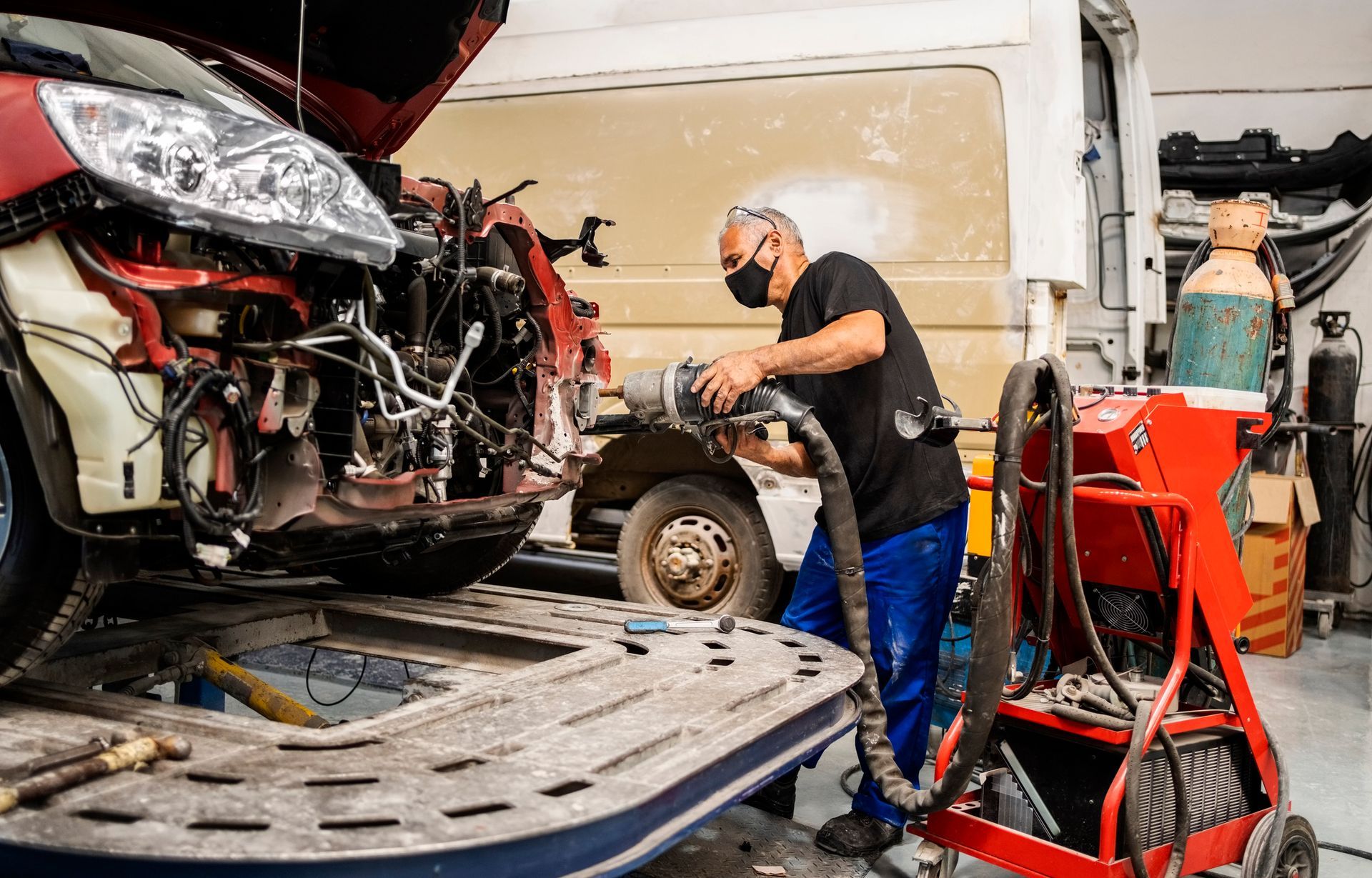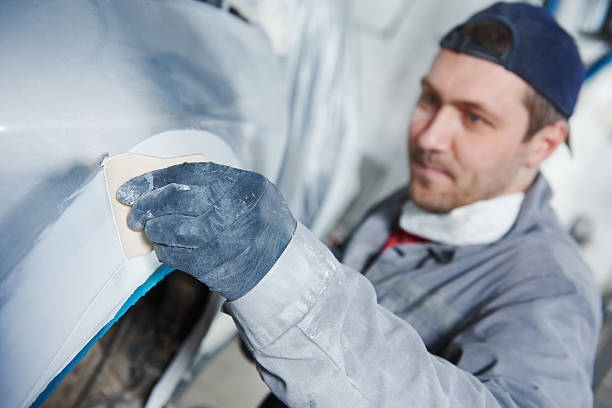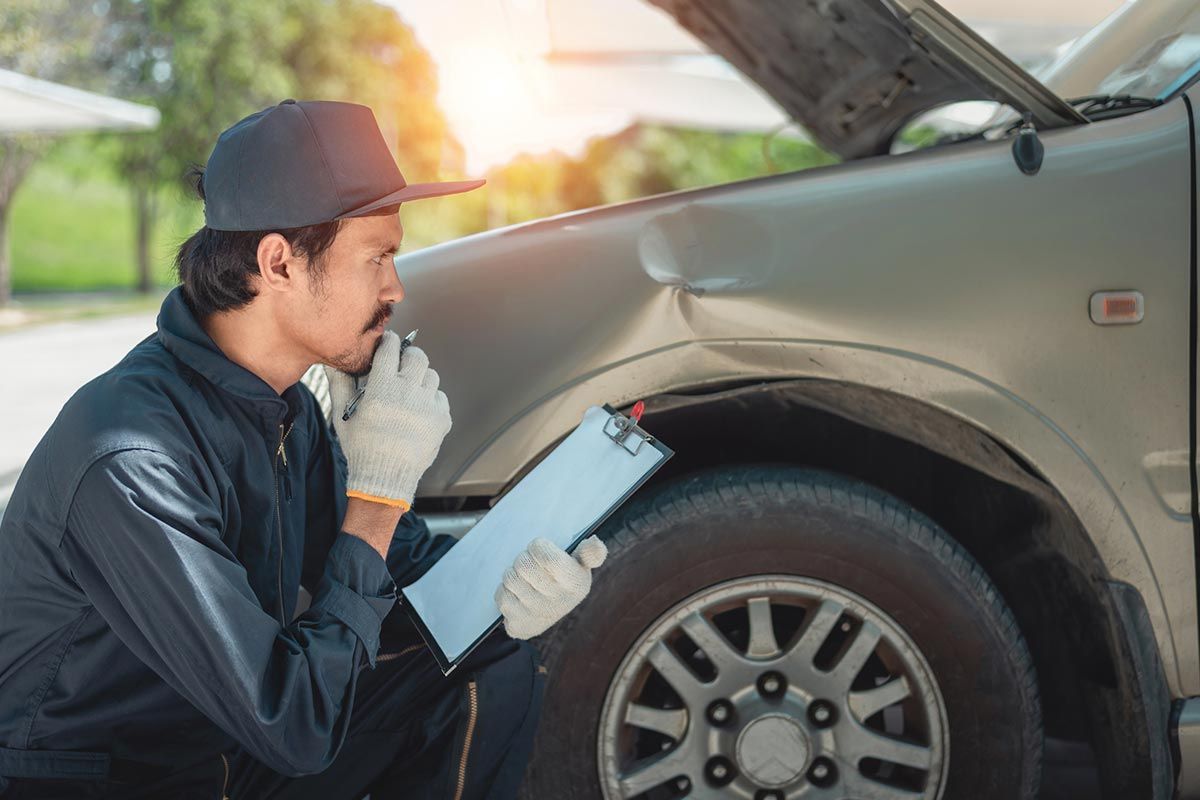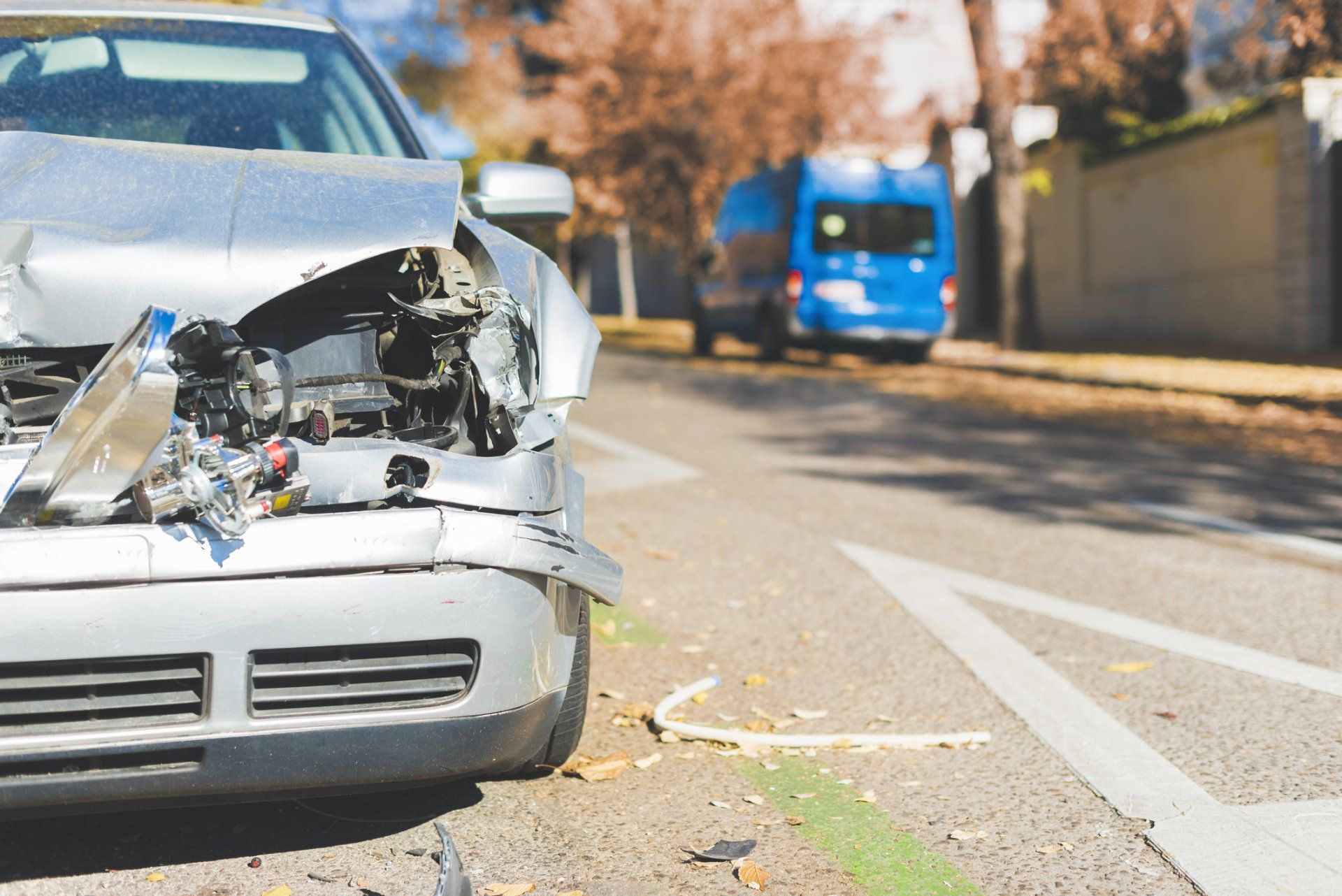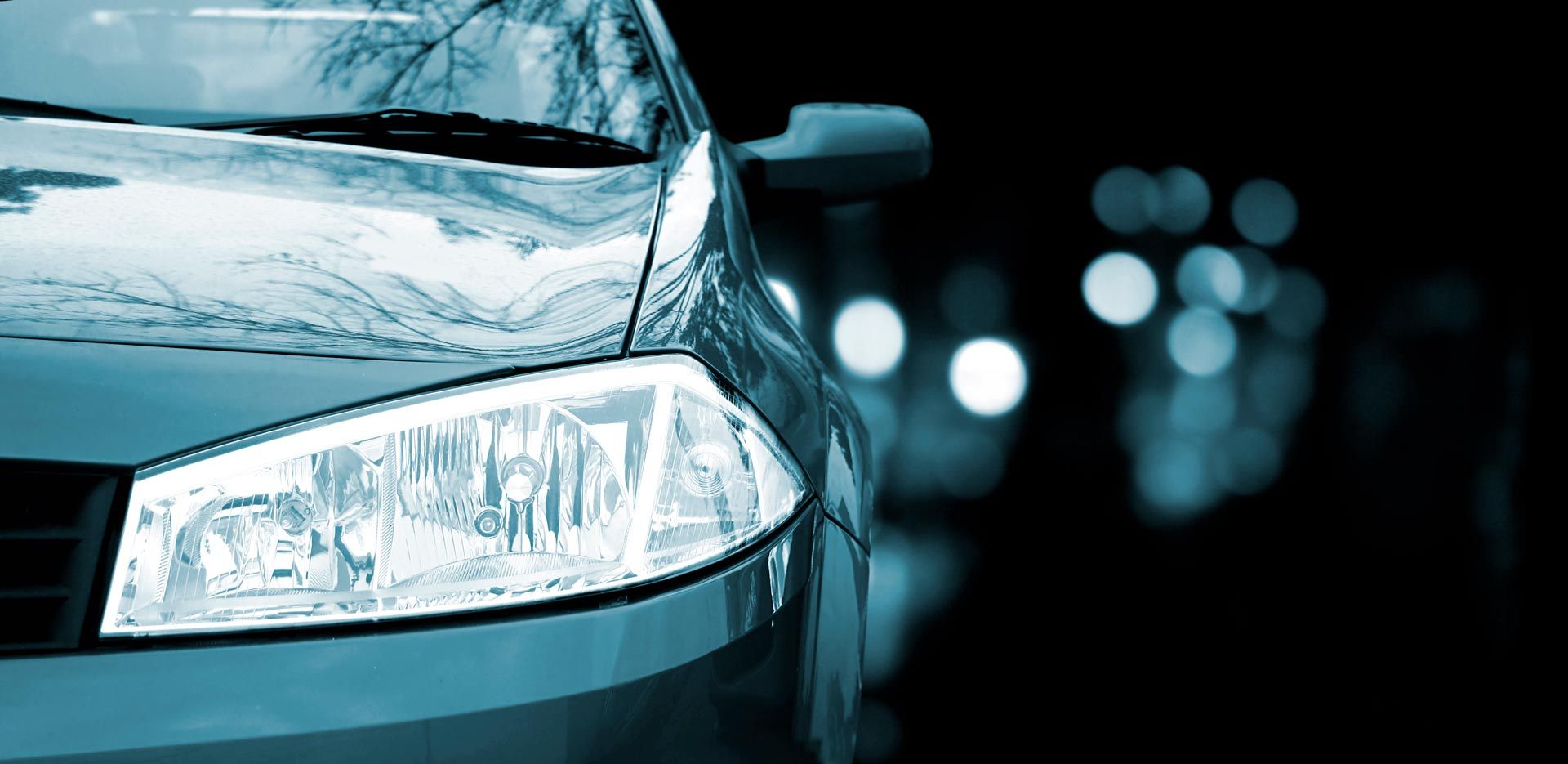Exterior Trim Problems and What to do About Them
Admin • May 5, 2020
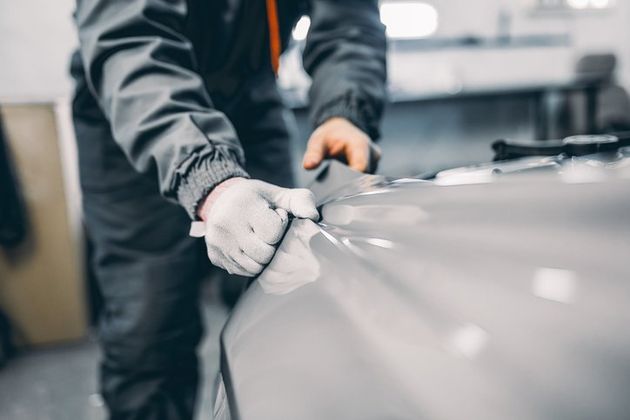
Your car's exterior trim pieces add the final touches to its overall visual appeal, but only as long as those pieces continue to look clean and fresh in their own right. Sun, moisture, age-related loosening, or damage sustained in an accident can turn your car's trim into an eyesore instead of an enhancement.
A basic understanding of the threats to your trim pieces' health and beauty can help you provide the right preventative care, discuss replacement options with your auto body service technician, or decide whether to replace entire pieces. Here are some key issues that you may need to address.
Faded or Worn Plastic and Rubber
The vast majority of today's vehicles feature some black plastic trim, as opposed to the shiny chrome so prevalent in vintage cars. These plastics may suit the design aesthetic of the vehicles while adding minimal additional weight. Unfortunately, they can also prove highly vulnerable to the elements, despite manufacturers' best efforts to make them durable.
Ultraviolet (UV) radiation from sunlight can make plastic trim pieces grow faded, weak and brittle over time. Water and oxygen can also contribute to the fading process, leaving the trim pieces looking drab and discolored. The same damage that occurs to plastic trim pieces may also develop in the rubber molding that surrounds and seals your car windows and doors.
Preventative care can minimize wear and tear on both plastic and rubber trim parts. Periodic exterior detailing should include not just a thorough washing, but also the application of a dressing protectant specially formulated to protect these parts. you can get protectants that either increase shine or flatter a matte finish.
Deteriorated Chrome Trim
Chrome plating still plays a role in beautifying many vehicles, especially classic and luxury cars. Unfortunately, the layer of chromium that adds luster to metallic exterior trim pieces can experience numerous problems over time, from flaking and peeling to rust. Scratches in the chrome, extreme weather, saltwater exposure, or rust developing in the underlying metal can all contribute to this deterioration.
The recommended fixes for chrome trim deterioration will depend on the nature of the damage. Flaking or peeling chrome trim may call for the careful application of a metal epoxy to the inner surface so that the technician can adhere the chrome layer back into place. A high grade of steel wool, carefully rubbed onto the chrome to prevent further damage, can often remove light rust.
If rust or flaking has reached the point of no return, you may need to have the damaged chrome trim part replated. The cost of replating will vary according to the size of the piece. Your auto body technician can help you decide whether you should replate the piece or simply replace it with a new one.
Loose, Broken, or Missing Trim Pieces
Exterior trim pieces such as badges and side moldings often come loose over time. This problem occurs when the adhesive tape underneath the pieces gets dirty and grows weak. As long as you haven't lost the piece, you should be able to reattach it using a similar adhesive tape method. The technician will remove every remaining scarp of the old adhesive before re-taping the trim.
While you have no choice but to replace a missing trim piece, your auto body technician might give you the option of having a broken plastic trim piece repaired. Epoxies and other products can often mend small stress fractures in plastic parts relatively quickly and easily. Extensive damage may merit replacement of the part.
If your car’s exterior trim clearly needs some skilled professional help, Automotive Super Sports can provide it. Contact us today to tell us about your problem.
Do you want to take care of your car? Discover specific signs that indicate that you should have a professional check your car at a repair shop.
While not all car accidents are fatal, they cause some vehicle damage. Read on to discover signs of hidden vehicle damage to watch for after an accident.
Common types of auto body damage include paint scratches, collision damage, dings and dents, weather damage, and windshield damage. Read on for more.
Keep yourself protected on the road with four helpful things to know about your headlights in connection to auto accidents. Read on for more information.
As a vehicle owner, you should know what elements can damage your car's paint job. Discover four of the most common to watch out for.

